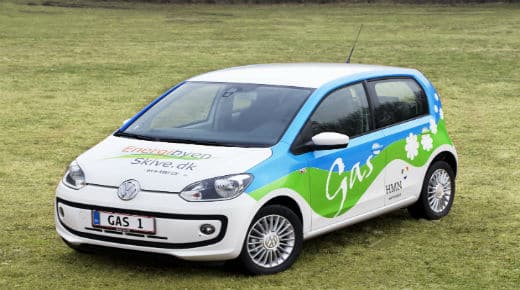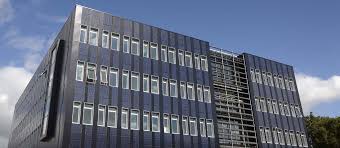
3. Energy City Skive
ROI of 33% / Carbon targets – neutrality by 2029, fossil-free by 2042 / Community mobilisation / P2X
There is one startling fact to emerge from Skive’s long-term commitment to the development of alternative energies that needs to be writ large around the world – over the last decade for every £2 invested, the municipality has recovered £3. Essentially the transition has delivered a return of 33%.
On top of which it has also delivered a dramatic reduction in carbon emissions, over three million tonnes. Both startling for a municipality with a population of around 50,000 people. That is on top of the inward investment, measured in the hundreds of millions, job creation, consolidation of the farming sector and delivery of energy and food security.
Over the past 40 years Skive municipality has set the benchmarks for climate- and energy-strategies in Denmark, consistently backing and enabling the development of renewable energies; wind, solar and biogas as part of a comprehensive integrated strategy.
In recognition of its great achievements and to cement its role model status for the rest of the country, in 2008 the Danish government declared it an ‘Energiby’ (energycity) and in 2009 the department “Energibyen Skive” was established within Skive Municipality.

Energy City Skive has two set goals – to make the municipality carbon neutral by 2029 and to be both CO2 and fossil free by 2042. The municipality is already self-sufficient in biogas, served by five centralised anaerobic digesters.
The evidence of the strategy is everywhere. The municipality’s central office, known as the Blue Diamond, is carbon negative; covered with solar panels it creates 25% more energy than it uses, delivering the remainder to the grid.
Stubby wind turbines line the main arterial routes. They have been preferred over offshore turbines as being inland makes them less prone to surges. It is commonplace for public spaces, shops and buildings to declare where their energy is sourced from.
Biogas buses, cars and vans bearing the municipality’s logo are a frequent sight. These are a symbol of the next front being targeted – the decarbonisation of transport. Transport is responsible for 70% of the municipality’s carbon emissions.

The fleet of cars and small vans were purposefully bought to promote biogas as an alternative fuel on the fundamental principle, seeing is believing. The vehicles make frequent visits to schools to demystify the technology and as an entry point to understand biogas production and the circular economy. Two biogas filling stations have been established.
Karl Egeris Krogshede, Climate Consultant, Technical Management, Energy City Skive, says, ‘If we want to achieve the goal of being self-sufficient in renewable energies then we have to work together; all companies and citizens need to take responsibility for the energy and sustainability agenda.’

No one believes biogas will be the fuel of choice for family cars – although a French life cycle analysis study found that well-to-wheel they are on a par with electric vehicles for emissions. Like most cities, EVs and hydrogen are the fuels of the future for light vehicles; biogas will fuel the HGV fleets, articulated lorries and buses.
And that is the beauty of biogas – it can directly fuel HGVs, it can generate electricity for EVs, it can be used to make green hydrogen. In other words, if more efficient technologies emerge to address one issue, biogas can be used to address another.
This is evidenced across biogas markets. Should the day come when biogas is not needed in the grid it will have a role in P2X processes. And the environmental aspect of the business must not be forgotten; there’s no net zero if manures and organic wastes are not treated through anaerobic digestion.
This versatility is a USP. Energy City Skive is run as a business. ‘A public company’ is how Karl describes it, in the business of climate change. It is hugely successful in anyone’s book, delivering a 33% return.
You must be logged in to view the rest of the content on this page.
To request a login and password, contact us at info@worldbiogasassociation.org
If you have login details, please enter them below.

